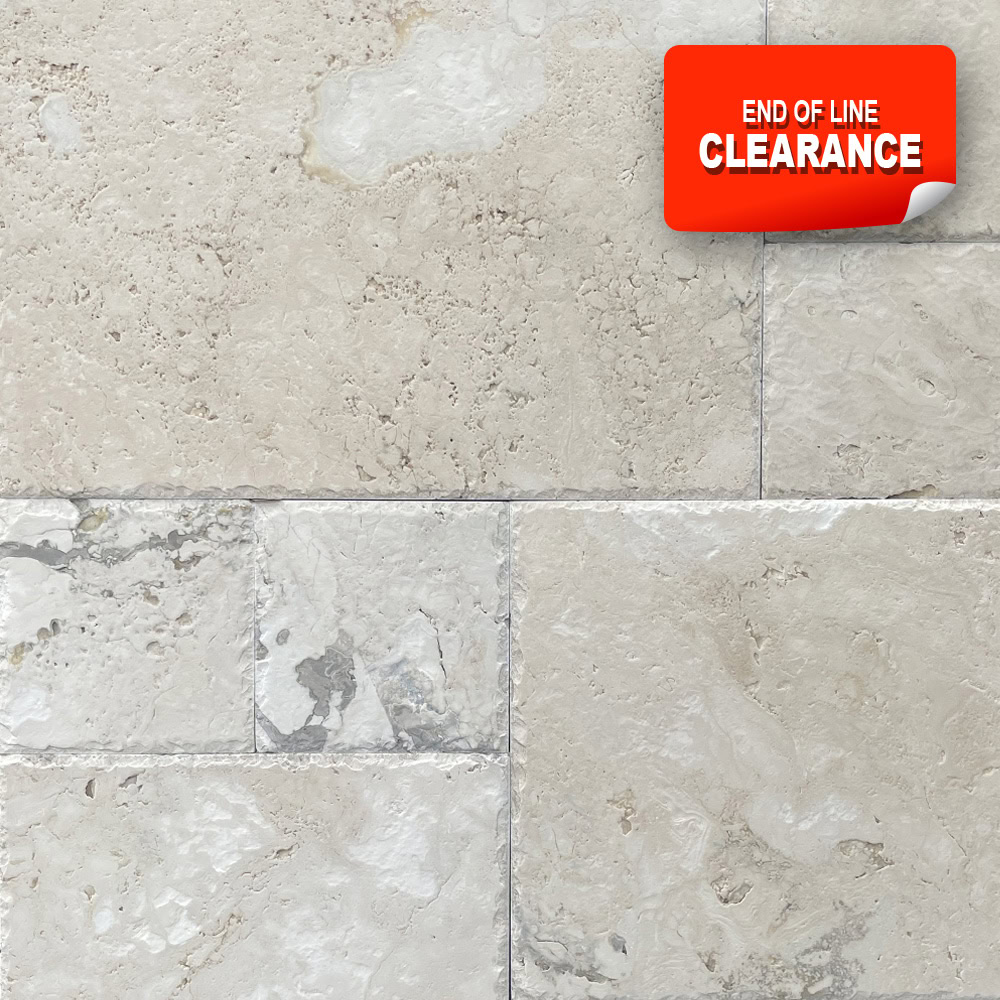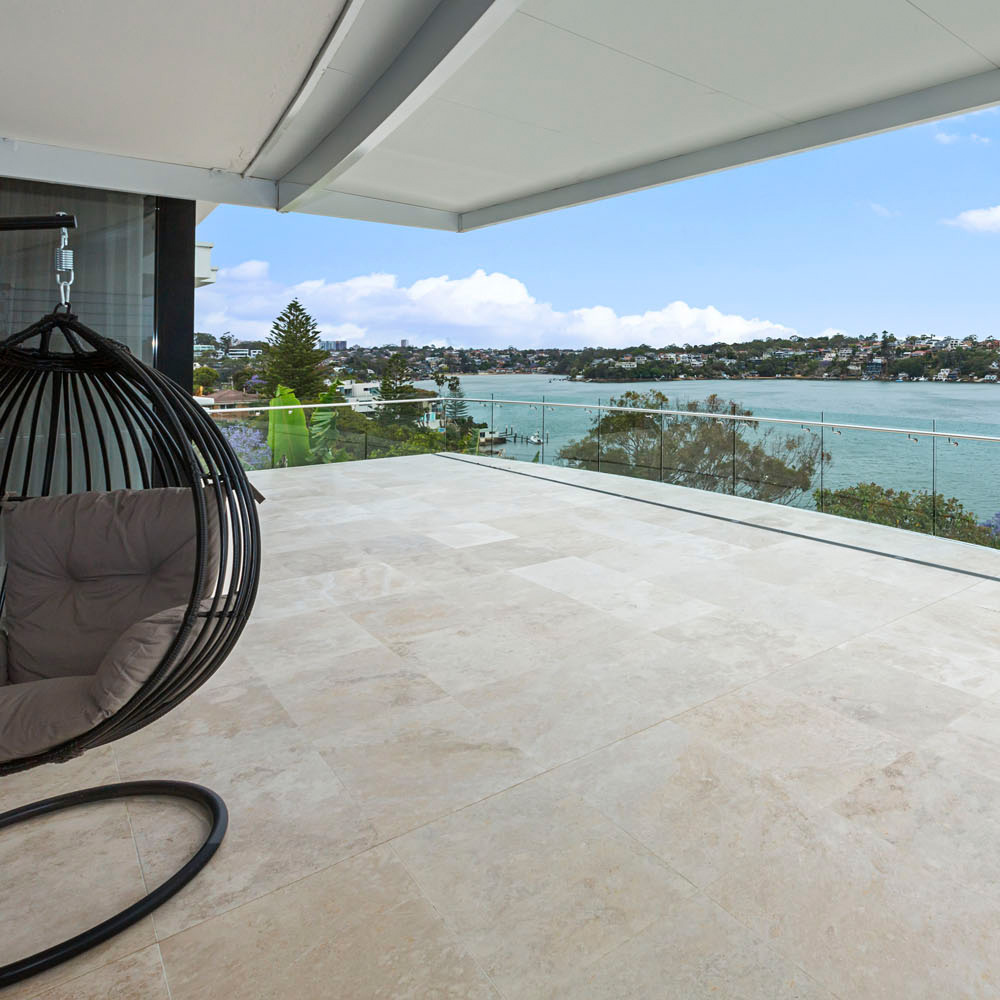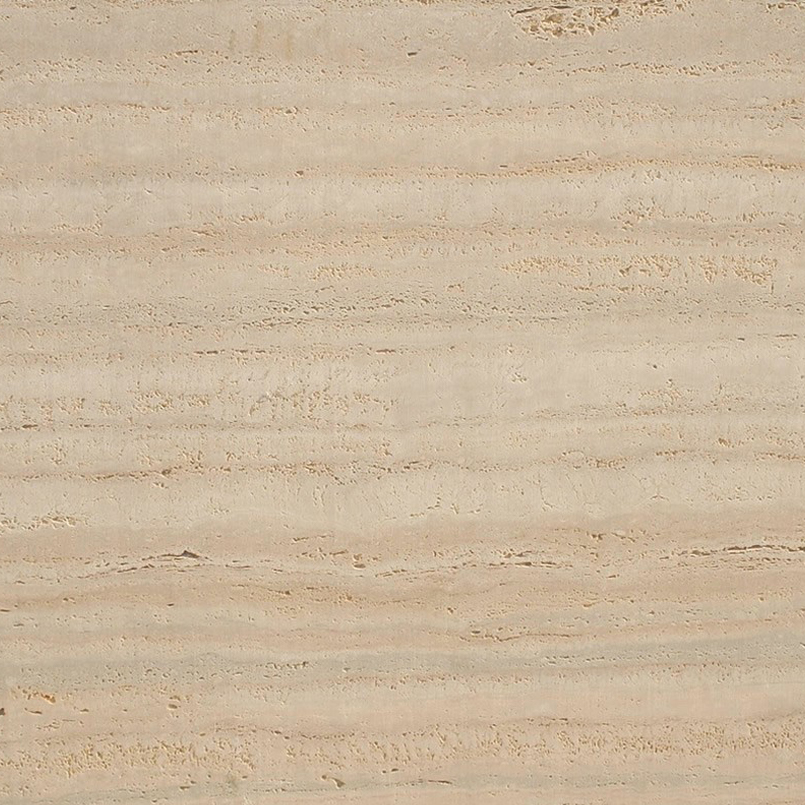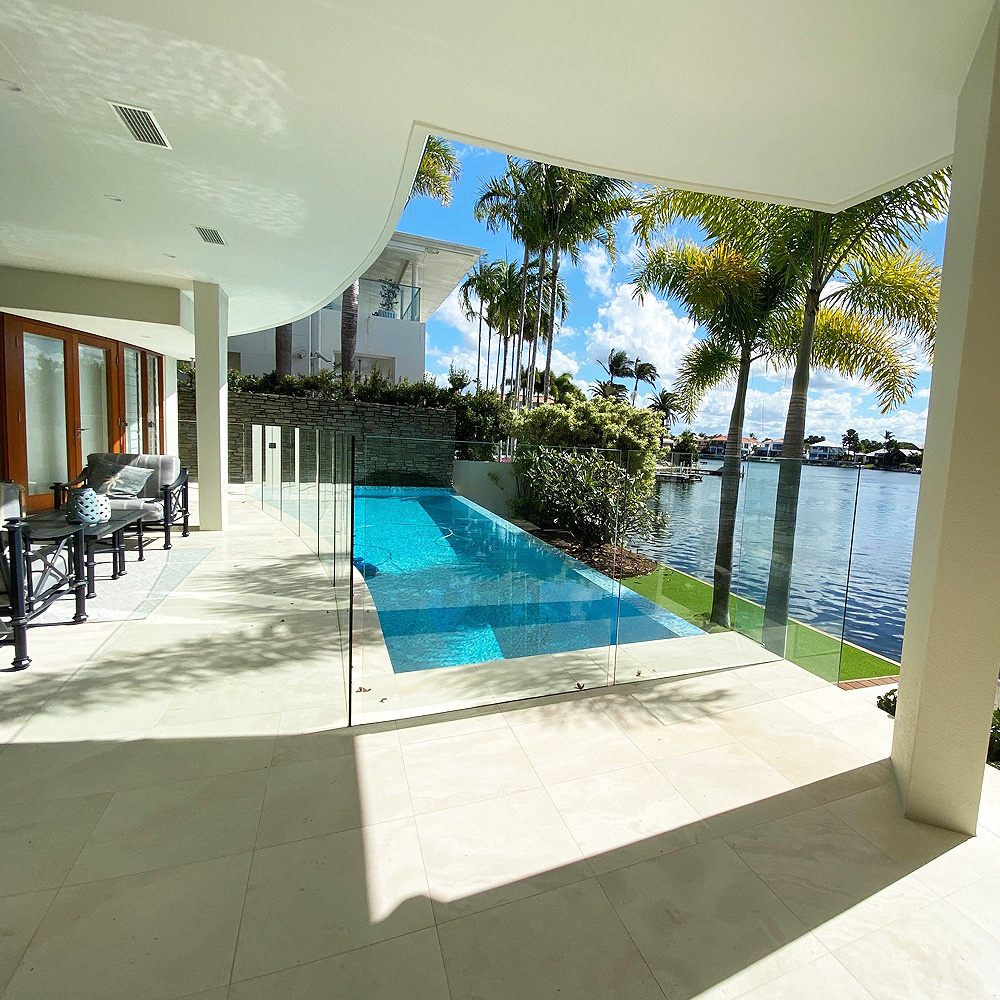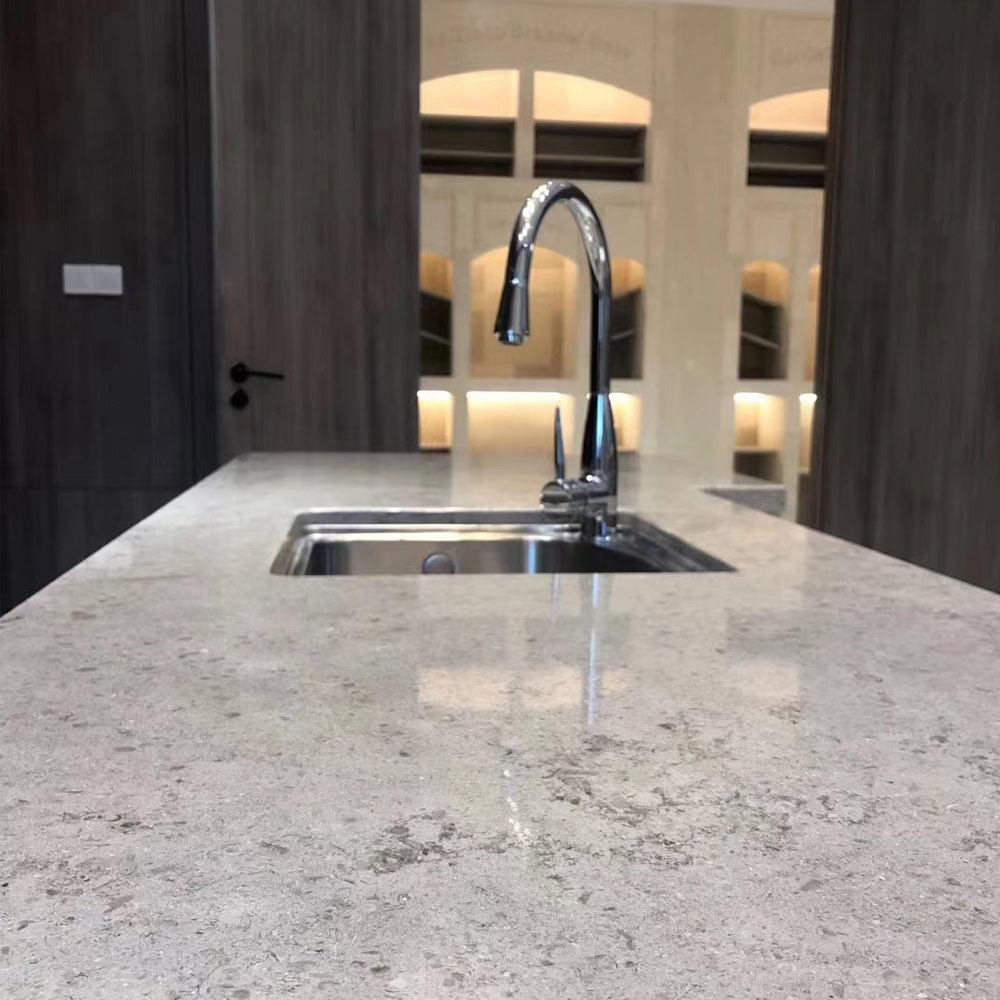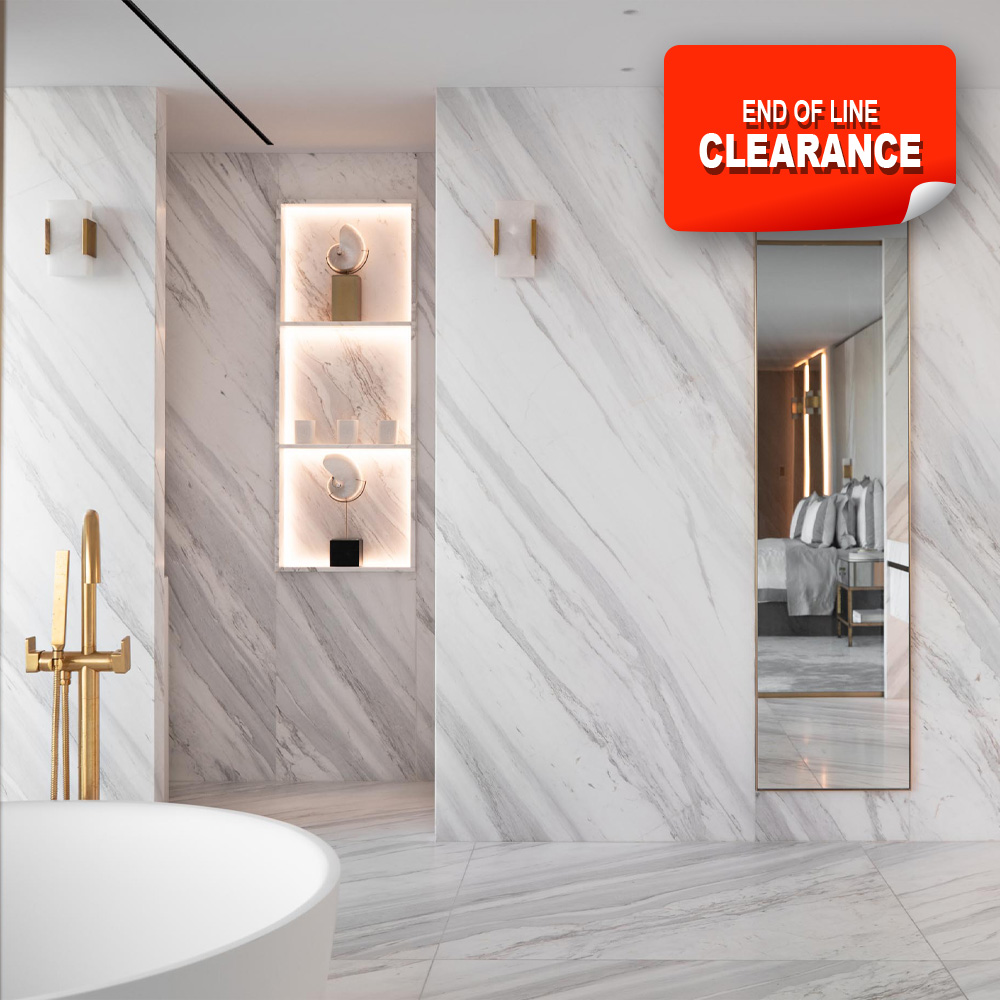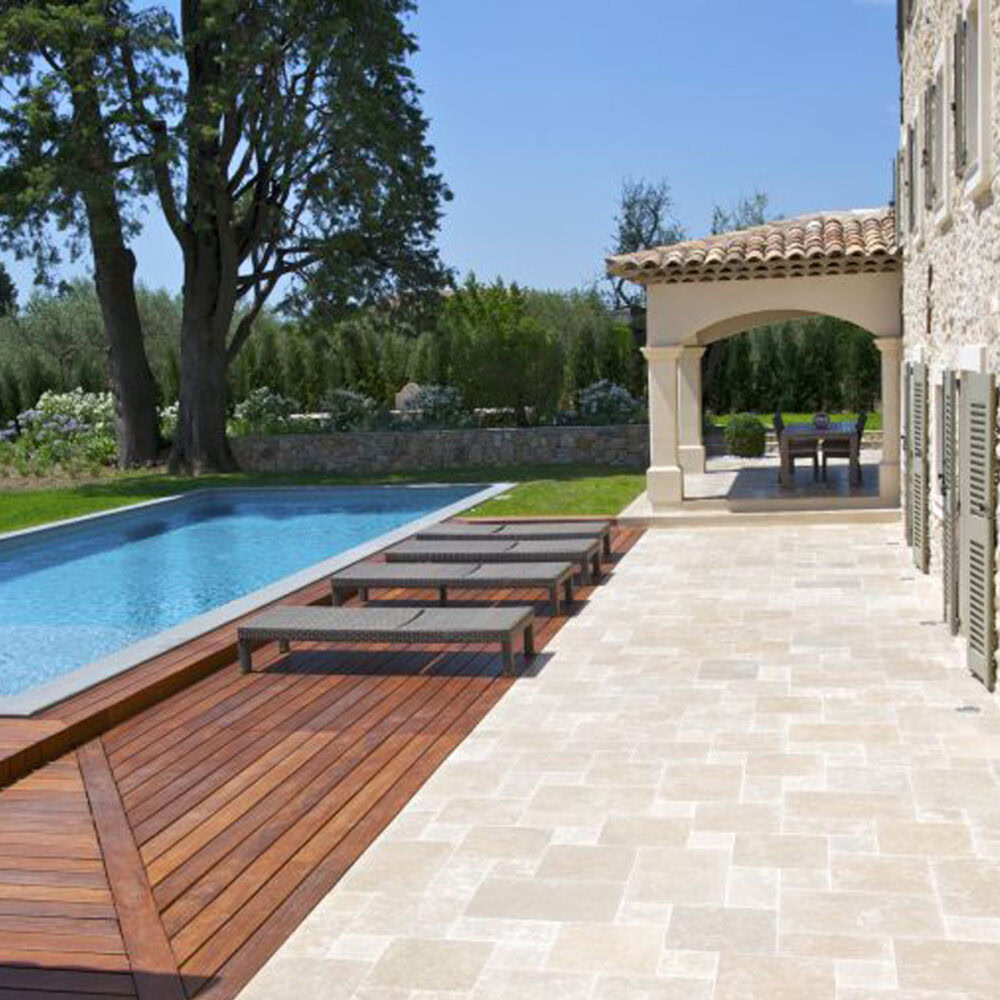Trends of Outdoor Landscaping
Homeowners are increasingly looking for ways to make their outdoor spaces more comfortable and inviting. As a result, there has been a shift in landscaping trends in recent years. Homeowners are now more likely to focus on creating outdoor living areas that can be used for entertaining, relaxing, or spending time with family.
One of the hottest trends in outdoor design right now is stone paving. Stone pavers offer a classic look that can complement any style of home, and they’re extremely durable, making them ideal for high-traffic areas. If you’re considering adding stone pavers to your outdoor space, here are a few of the latest trends to keep in mind.
Pod Tile Stands
Known with a variety of names: pedestals, pods, and deck jacks. This advanced technology is a way to install tiles without glue or grout and provides the flexibility to change materials or access services (electrical/plumbing) without destroying the tiles above. These tile pods raise the overall height of the installation from 25 – 340mm depending on the height chosen. While these pods can be used internally or externally, the main application is externally on balconies, paths, and decking.
Why use tile pods? The applications and benefits are numerous – on balconies the ability to go over existing tiles in a very short time and bring the balcony level with the internal floor without compromising drainage, on roof decks this installation allows access to waterproofing, pipes and drains. In the large exterior areas, quick installation is an advantage and larger pods can negate the need to raise levels of the substrate to join the tile height with decks and pergolas.
In all applications, the ease of removing tiles or replacing damaged tiles is quick and easy.
Installation advantages – Pods are placed on a flat substrate and adjusted for height with the tiles placed on top. No grout is used, and water drains off the tiles into the cavity below. Certain types of pods have auto-levelling abilities so unevenness in the substrate can be accommodated.


French Pattern Tiles
A popular alternative to traditional tiling styles, French Pattern tiles and pavers provide a distinctive, rustic look to floor design. The influence for French Pattern comes from historic European palaces and famous open spaces where a mix of different size tiles were formed into repeating patterns. French patterns can use anywhere from 3 or more different sizes to form a geometric repeating pattern which adds charm and interest to an external space without altering the chosen colour palette. Stone pavers are a popular material to use in French patterns.
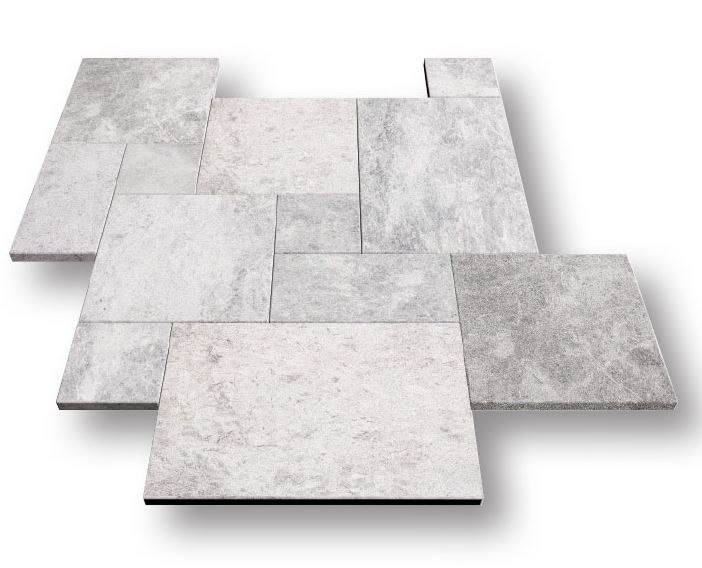
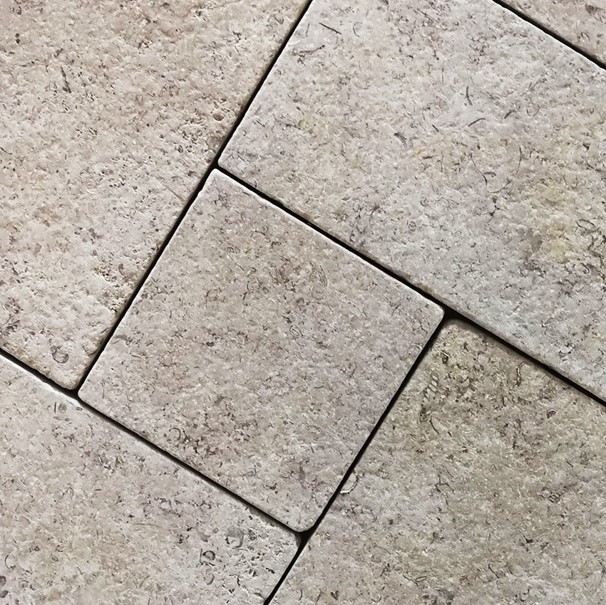

Tumbled and Raw Materials for Outdoor Landscaping
Rustic design is currently on-trend; tumbled, raw or saw cut finishes capture this feeling. Tumbled tiles get their look from being placed in a tumbling machine. This machine is meant to make the edges look worn and aged rather than looking rectified and perfectly cut.
Sawn or raw tiles are used without any machine honing so have a natural finish which is usually lighter in colour than the polished stone. The regular tiles sizes are cut from larger blocks of stone and no more processing is applied.
Raw tiles have a rustic look but may have straight cut edges so are more regular and have tighter grout joints than tumbled tiles.
Matching Pool Coping for Outdoor Landscaping
One of the biggest things overlooked when designing a pool area is finding matching pool coping. Although you can arrange to have custom coping made for you, it ends up being expensive and eats into your outdoor landscaping design budget. It’s best to find a material that you like that also has pool coping already available.
Mixing Tile Sizes
Playing with the design and layout of tiles is a forecasted trend for 2021 outdoor landscaping. Mixing tiles of the same material but in different sizing, 800x400mm and 600x400mm, for example, gives a unique look. This is usually only possible with stone as the sizes are cut well (porcelain tiles may vary slightly from batch to batch). Mixing size versus mixing colour is the correct design choice because this gives the eye something interesting to look at without being overwhelming and too boisterous. Some materials are supplied in a standard width but with random lengths so the installation has a regular line but a touch of irregularity to differentiate it from the more common tile patterns.


